

I helped design a neuroscience research platform that enables biomedical engineers to model, simulate, and validate psychiatric drug experiments using AI-driven methods and real patient data.
How might we simplify and accelerate the creation of complex psychiatric drug experiments — and enable scientists to test ideas faster and with greater accuracy?
As a Product Designer on the core product pod, I led UX, visual and interaction design. I collaborated with an illustrator to shape both the interface and the broader design system.
We took a linear research-heavy approach, starting with deep discovery work through expert interviews with neuroscientists and biomedical engineers. Stakeholder alignment sessions were held to define critical workflows. Iterative testing was done to ensure scientific accuracy and usability.
The domain complexity of psychopharmacology was immense — requiring rapid upskilling and cross-functional collaboration. No direct competitors or reference products existed, so all interaction models were built from scratch. We faced time pressure to demo a working version at an upcoming neuroscience conference.
We designed a node-based interface that allows researchers to build, visualize, and simulate psychiatric drug experiments. It helps integrate AI models with real patient data. Users can run repeatable simulations to validate results without requiring physical lab work.
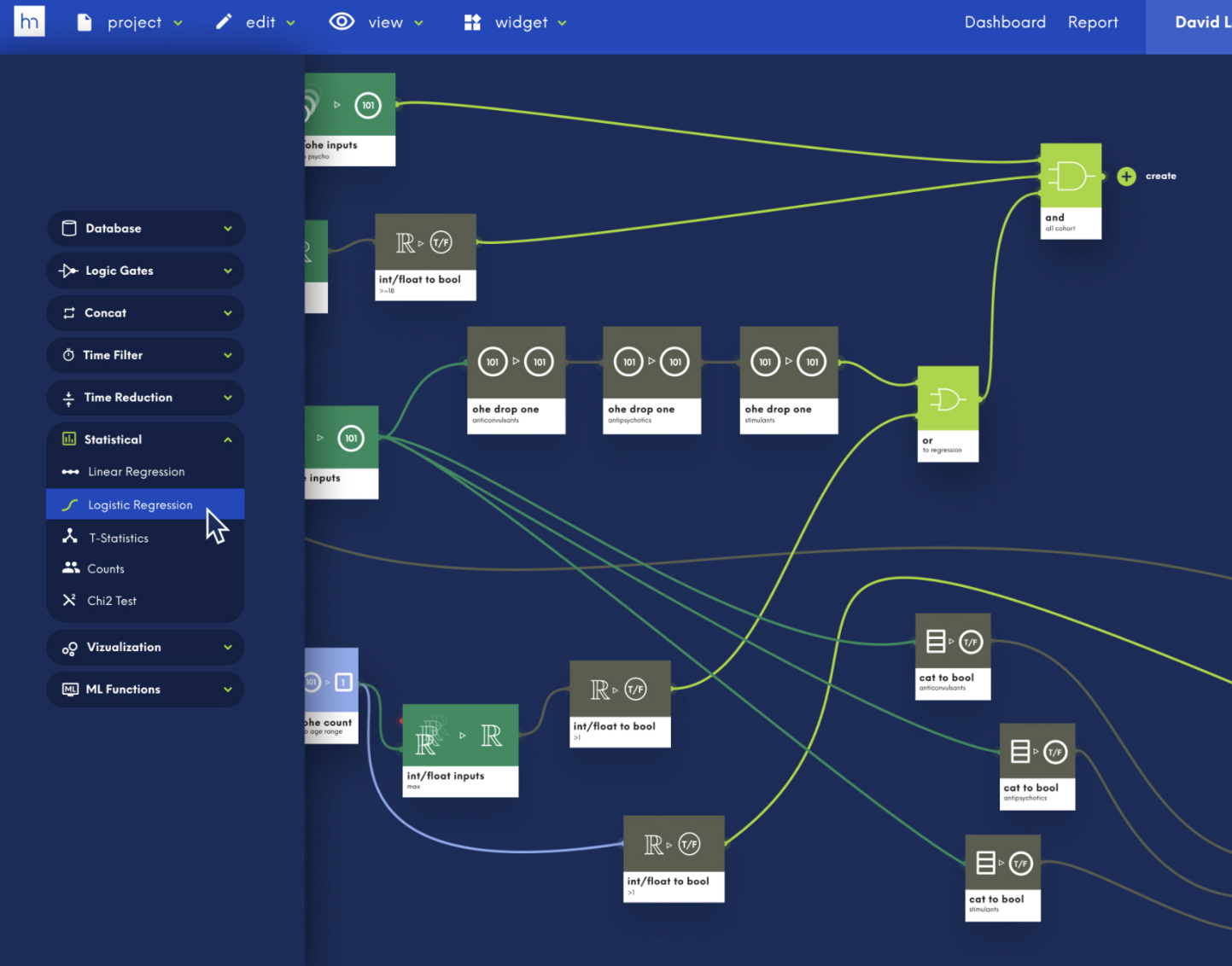
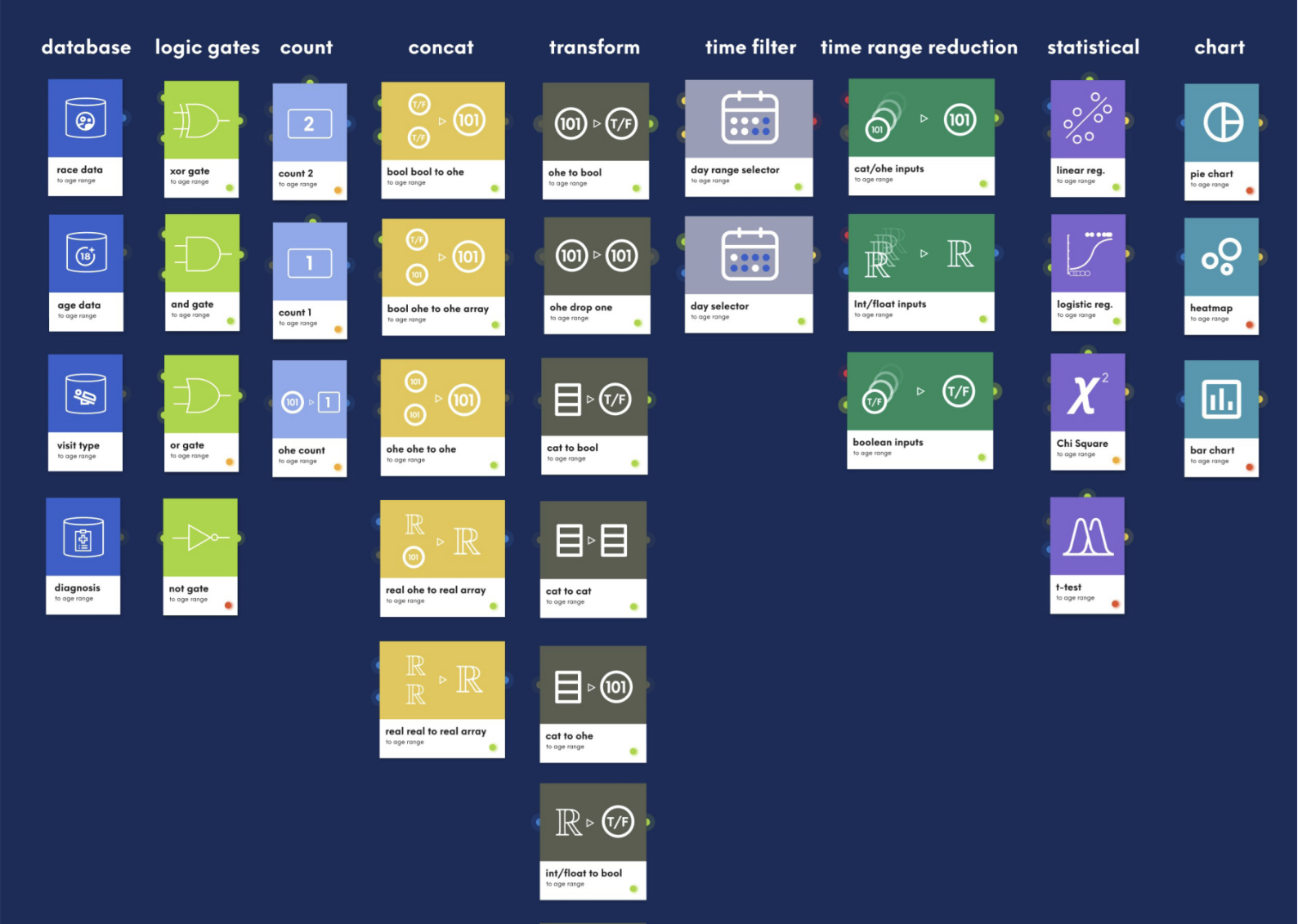
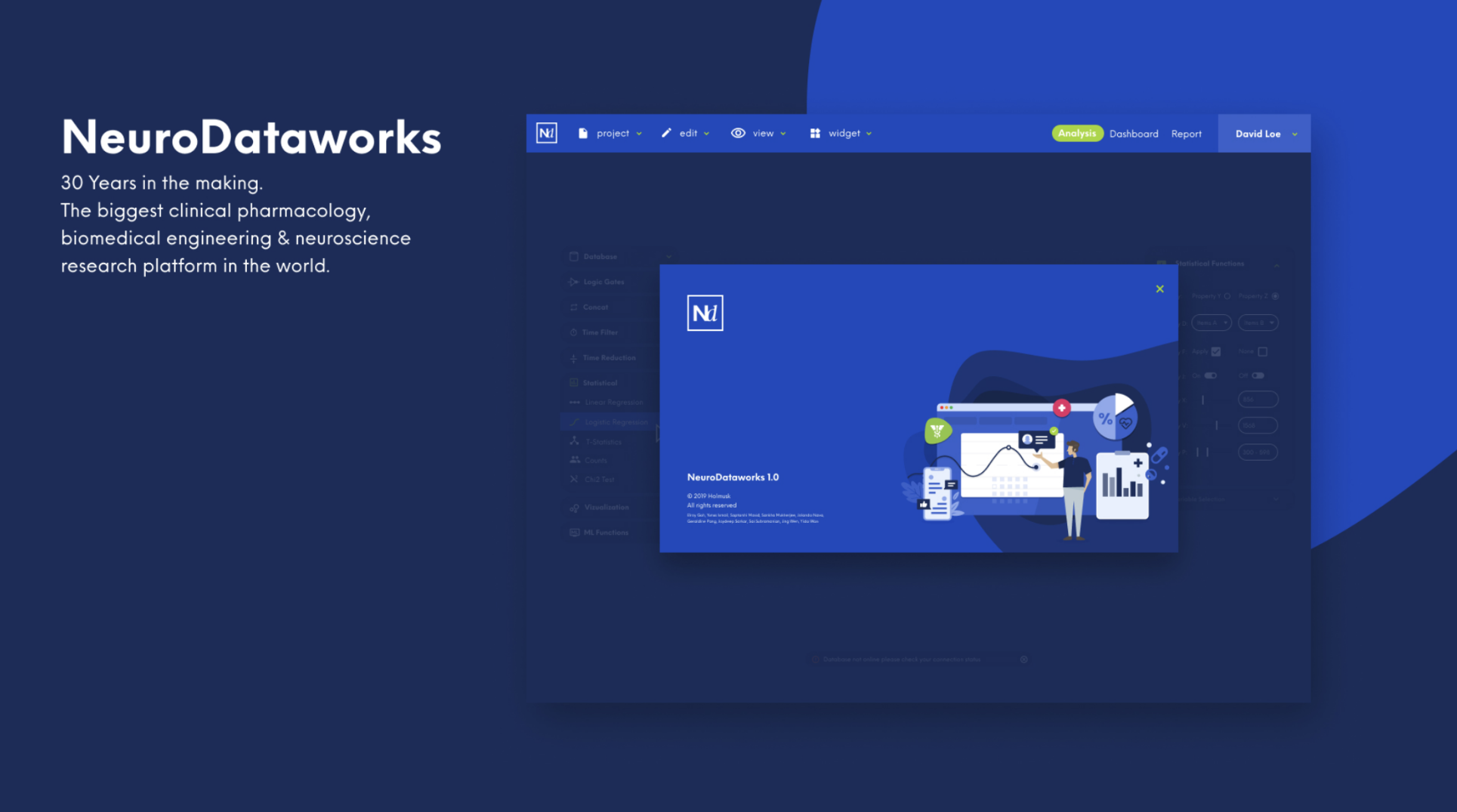
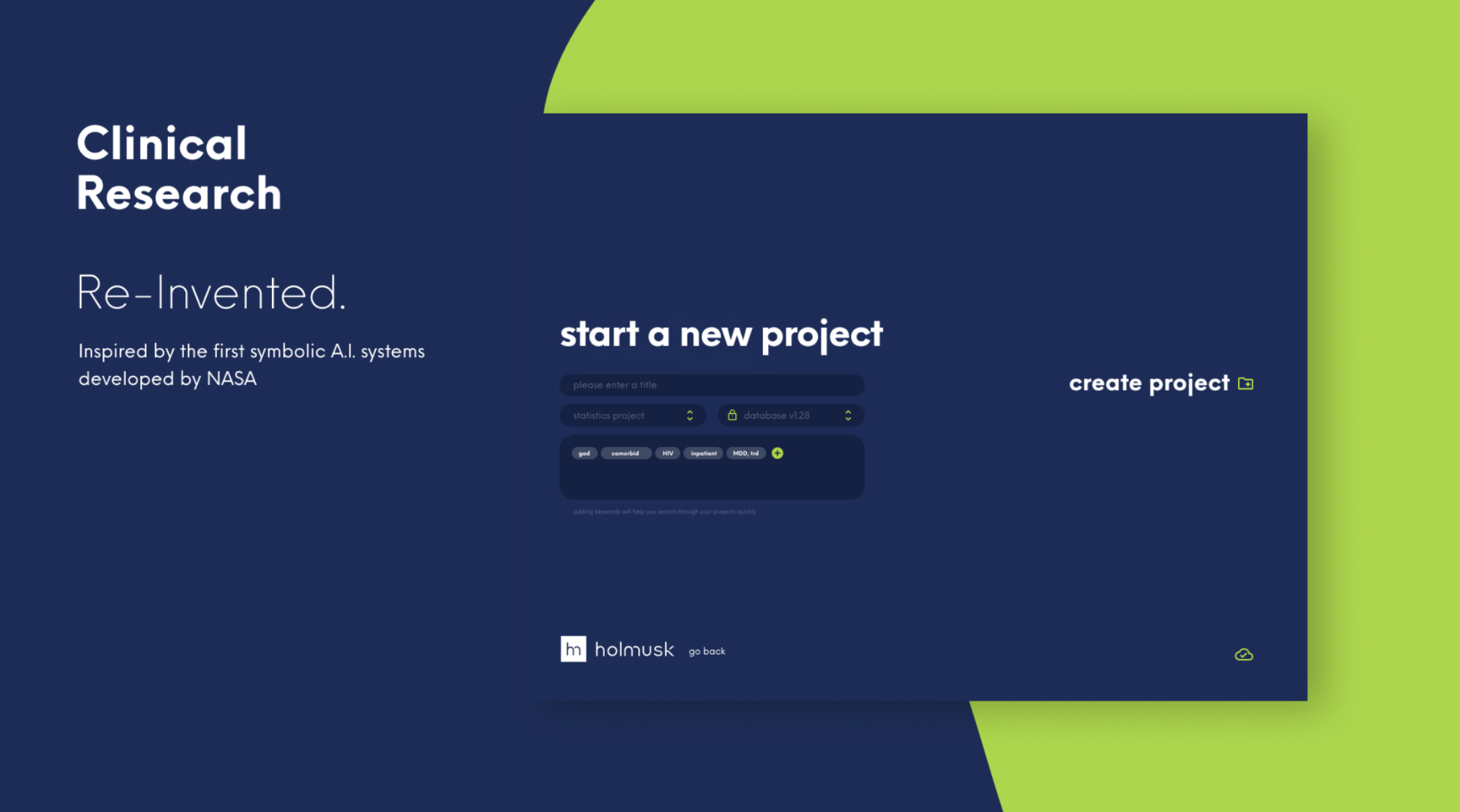
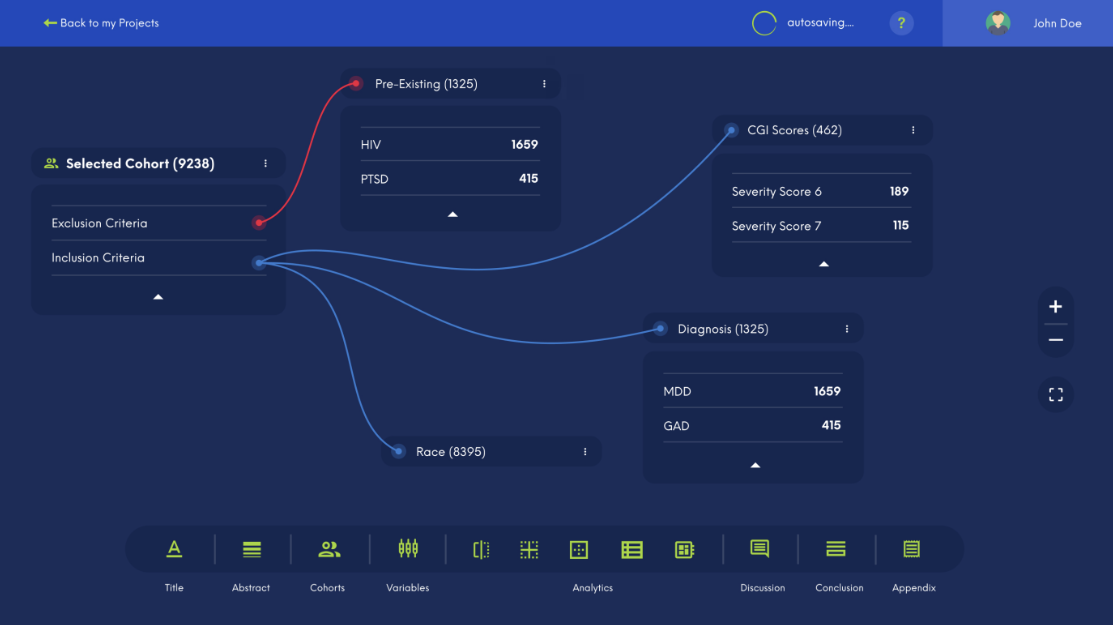
Helped company gain credibility towards Series C funding from conference demo's.
To expand the platform into a full research suite for psychiatric scientists. To improve simulation accuracy and UI flexibility for more complex experiment types.
I took up the development of a brand strategy to help competitive positioning of the company in the marketplace.